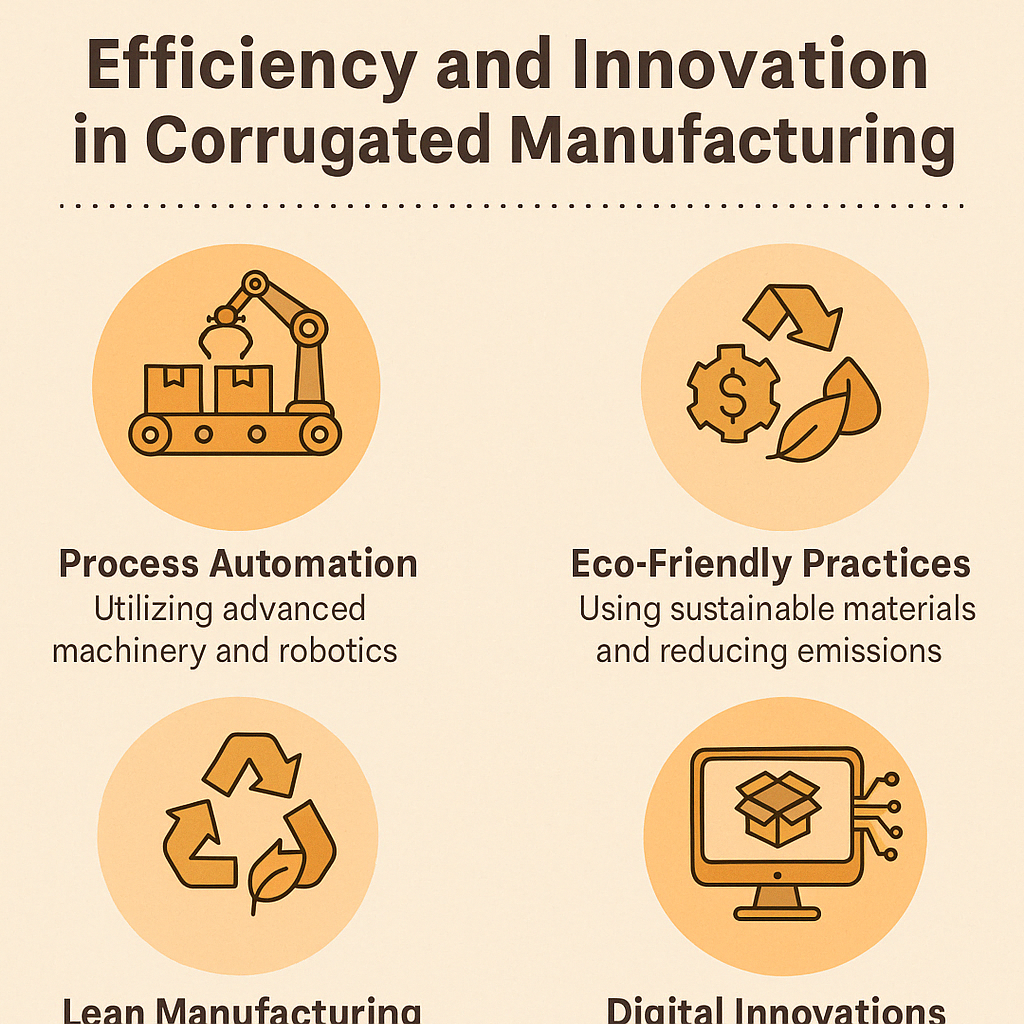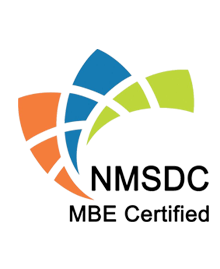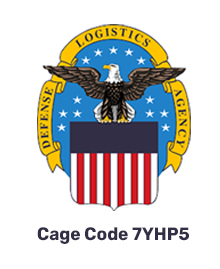
The corrugated manufacturing industry, long seen as traditional and labor-intensive, is undergoing a powerful transformation. The twin forces of efficiency and innovation are reshaping everything from supply chains and production workflows to sustainability practices and customer engagement.
Streamlining Production Through Smart Technology
Manufacturers are increasingly investing in smart machinery that reduces waste, accelerates turnaround times, and minimizes human error. Newer machines can automatically adjust settings based on material type and order specifications, enabling more accurate cuts, cleaner prints, and smoother folds.
Efficiency gains aren’t just about speed; they’re about reducing redundancy. Integrated production lines now include digital dashboards, real-time data tracking, and automated alerts, helping teams identify bottlenecks and optimize resource
Innovation in Materials and Design
Innovation in corrugated manufacturing isn’t limited to machinery. New materials, such as water-resistant or fully recyclable coatings, are expanding the functional range of corrugated products. Lightweight but durable designs are replacing traditional heavy-duty boxes, providing similar strength with less material and lower shipping costs.
On the design front, structural innovations are allowing for more creative and customized packaging. Brands now demand packaging that doubles as an unboxing experience, and manufacturers are stepping up with designs that are functional, eye-catching, and eco-conscious.
Sustainability as a Driver of Innovation
Sustainability is no longer a buzzword—it’s a competitive necessity. Corrugated manufacturers are finding new ways to reduce waste, energy consumption, and emissions. Lean manufacturing principles, coupled with circular economy models, are driving process innovation across the board.
Many operations are integrating closed-loop recycling systems, and some are even adopting alternative energy sources to power their facilities. These practices not only appeal to environmentally conscious customers but also reduce long-term costs.
Embracing Digital Transformation
Digital transformation is playing a critical role in modernizing corrugated manufacturing. Cloud-based inventory systems, automated scheduling software, and AI-powered forecasting tools are helping companies better match supply with demand. This reduces overproduction, minimizes storage needs, and improves cash flow.
More broadly, digital tools are enhancing collaboration across departments and even between suppliers and customers. Everything from order tracking to design approvals can now be handled through secure, real-time platforms.
Looking Ahead
The most successful corrugated manufacturers are those that see efficiency and innovation not as opposing goals, but as complementary ones. Whether it’s through advanced machinery, sustainable practices, or digital infrastructure, the industry is finding new ways to deliver smarter, faster, and greener solutions.
As global markets demand more agility and customization, the corrugated manufacturing sector stands ready to respond—not just keeping up with change, but driving it.



